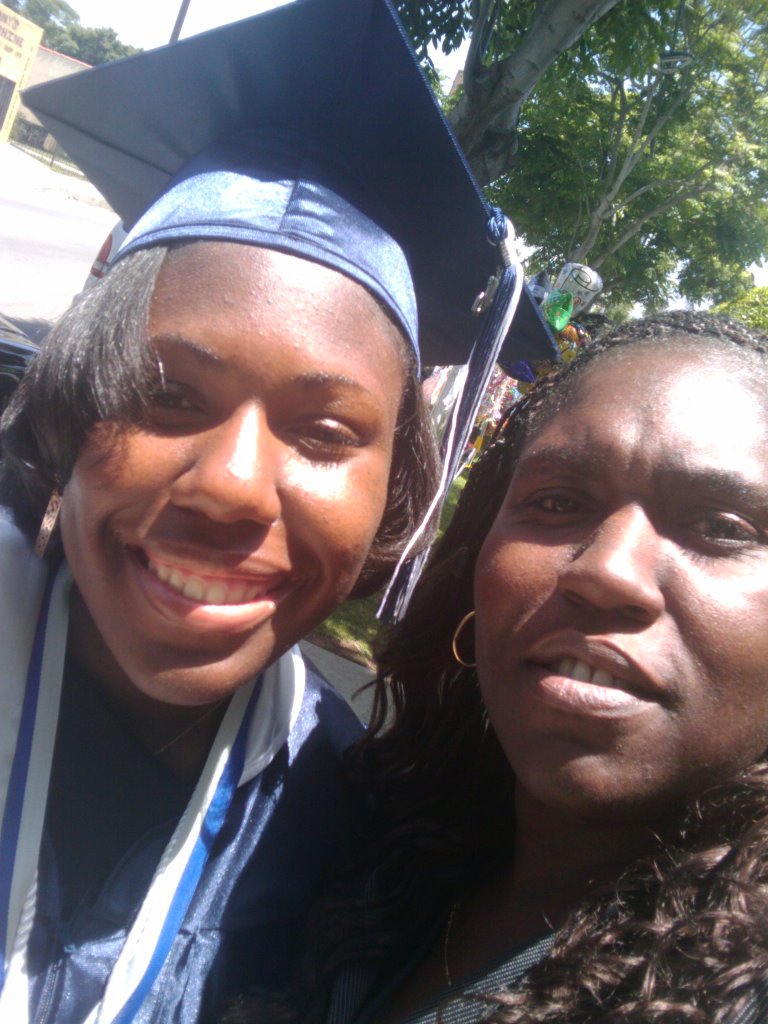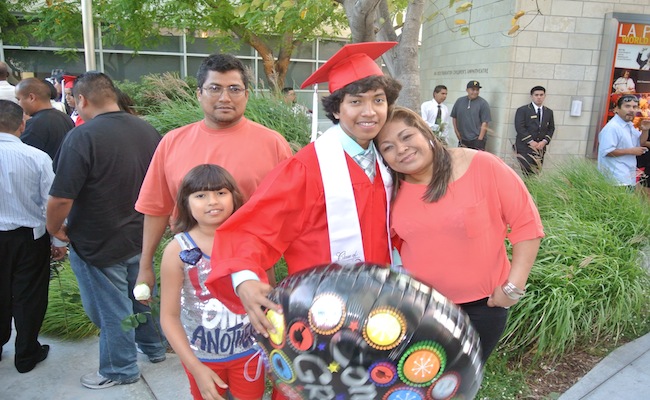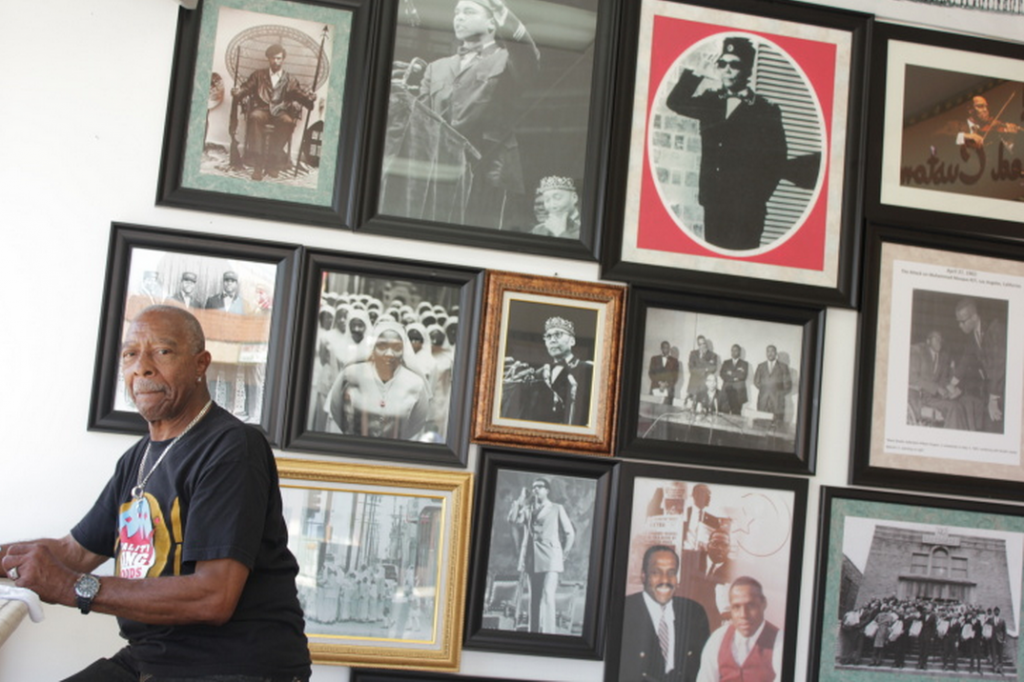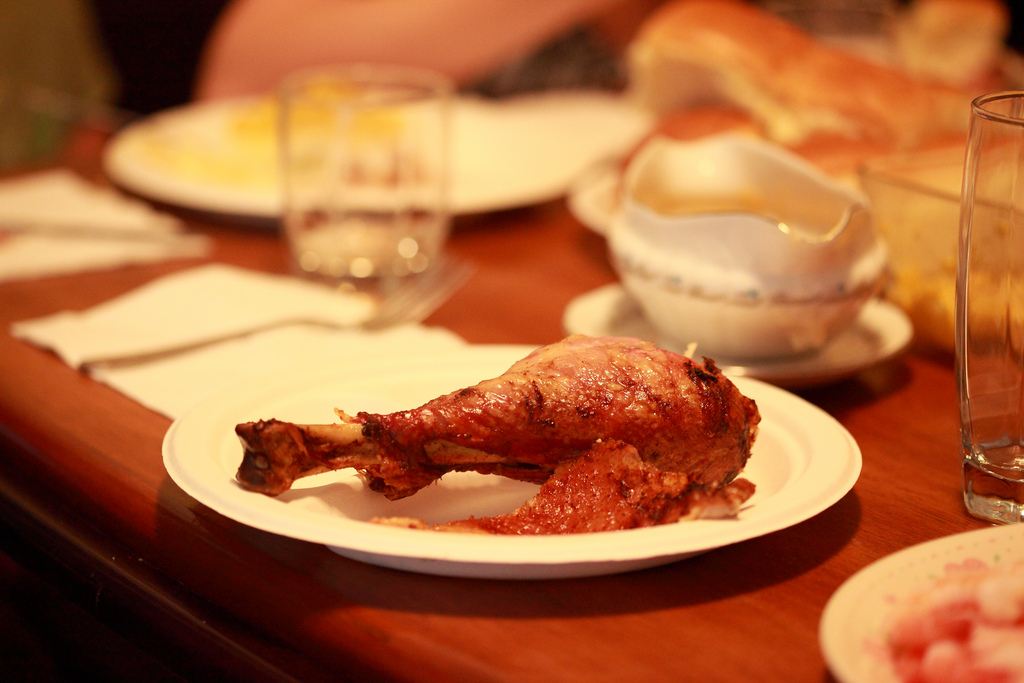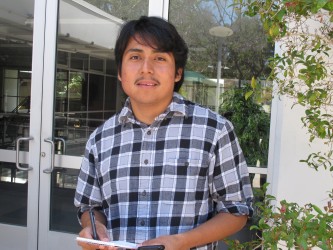A college student asks why she gets so little support compared with young women who have children
If I were to get pregnant, I would know just where to go for help: the local offices of Women, Infants, and Children, the federally funded food and nutrition program; Planned Parenthood; and the Family Resource Center. All three are places where I stood in line for hours with my siblings as a child growing up in Watts. But finding local resources to pursue higher education is harder. As one of the few community college students living in Watts, I can’t find a place to print out an essay or get college-related advice.
When I ran into a friend who grew up in the same low-income housing development as I did, she said there was an easier way than to struggle through college. “You should get pregnant,” she told me. “Girl, the government will take care of you, trust me.”
I didn’t think much of her idea. But she was right about one thing: In my community, there are many resources for young parents, and barely any for college students. Just on my own block, I recently counted a total of five programs for mothers my age or younger.
Click to hear Shanice Joseph give an “audio intro” to her neighborhood, produced with Kerstin Zilm.









